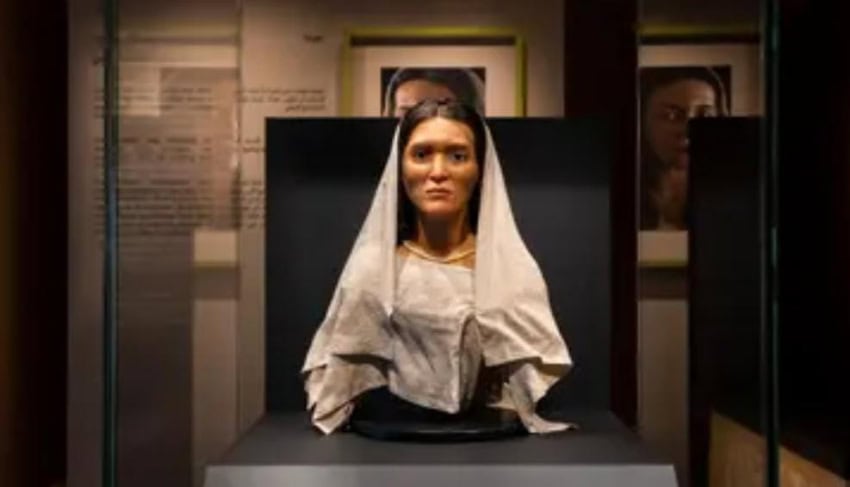RIYADH – Saudi Arabia has unveiled the reconstructed face of an ancient woman, who lived more than 2,000 years ago, nearly after three years of hectic work by historian and archeologists.
According to a report in The National, the remains of the Nabataean woman named Hinat were found 2015 during excavation in a 2,000-year-old tomb in Hegra, a UNESCO World Heritage site in northwestern Saudi Arabia. It said the remains of 69 others were also discovered from the site.
The reconstruction of Hinat’s face started in the United Kingdom in 2019 under a project funded by the Royal Commission for AlUla.
The Nabataeans were part of an ancient civilisation that lived in the Arabian peninsula. The ancient Jordanian city of Petra was the capital of the kingdom, as per a report in the CNN.
“What’s really interesting is when we think of the Nabataeans, we think of monuments and we think of scale and these feats of architecture. What this project has enabled us to do is narrow down to an individual, which gives us an insight in a very different way,” Leila Chapman, narrative experience expert at the Royal Commission for AlUla, told The National.
“It tells us Hegra wasn’t just a place of tombs, but a vibrant place where people lived and worked and died. It’s lovely to be reminded,” she added.
Describing the project, CNN said that the team of experts rebuilt bone fragments discovered from the tomb to develop an image of the Nabataean woman using ancient data. A 3D printer was then used to create the face of the woman.














